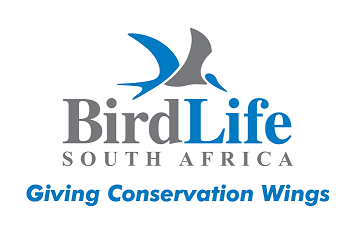Verreaux's Eagle (Aquila verreauxii)
CAR summary data
Habitat and noted behaviour
Sightings per Kilometre
Please note: The below charts indicate the sightings of individuals along routes where the species has occured, and NOT across all routes surveyed through the CAR project.
Global Status

IUCN Data (Global)
IUCN 2024. IUCN Red List of Threatened Species. Version 2024-1 (www)Assessment year: 2024
Assessment Citation
BirdLife International 2024. Aquila verreauxii. The IUCN Red List of Threatened Species 2024: e.T22696067A263672211. Accessed on 09 December 2025.Habitats:
Behaviour The species primarily occurs in the Afrotropic zone, but is marginally Palearctic (30°N to 35°S) and has an altitudinal distribution from sea level to above 5000m. Adults are sedentary while juveniles and immatures will disperse (Ferguson- Lees and Christie, 2001). Habitat The species occupies remote, mountainous, rocky areas, as well as savannah and semi-desert; anywhere that rock hyraxes occur in substantial numbers (Ferguson- Lees and Christie, 2001) Diet More than 60% of its prey are rock hyraxes but it will occasionally also take other mammals, birds, tortoises and rarely, other reptiles. Pairs will hunt cooperatively (del Hoyo et al., 1994). Breeding Site The nest is a stick structure, up to 1.8m in diameter, usually located on a cliff ledge or cave, although trees and artificial structures are also used. Breeding occurs year-round in East Africa, peaking in May-December, and from April to November from Zambia southwards, whilst in Ethiopia and Somalia breeding is from October to May. Clutch sizes are almost always two, with the older chick invariably killing the younger within three days of hatching (del Hoyo et al., 1994).
 Login
Login


